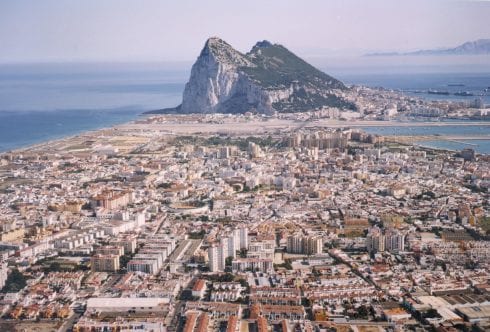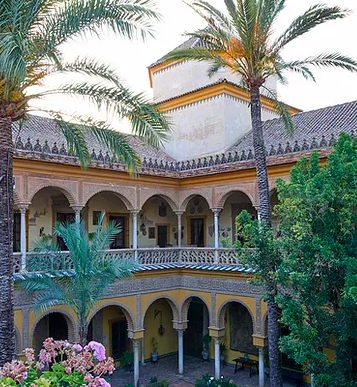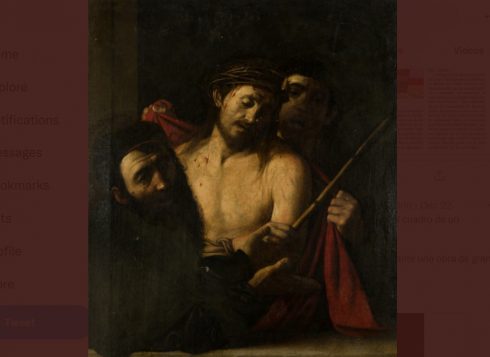ABANDONED historical heritage which, behind fallen facades, conceal invaluable treasures; this is the story of the house of the Orleans-Bourbon, a capricious palace recently included on the red list of ruined heritage.

Quite the opposite to how it now stands, the Orleans-Borbon Palace, which rises in the Spanish town of Sanlucar de Barrameda in the Andalucian province of Cadiz, has recently been included in the list of the 12 most significant examples of threatened architecture in Europe by the Europa Nostra association.
The once grandiose Spanish palace was built between 1853 and 1870 as a summer residence for Antoine d’Orleans, Duke of Montpensier, youngest son of King Louis-Philippe I, and his wife, the Infanta of Spain, Louise Fernande de Bourbon.
At the time, the relationship between the Duke of Montpensier and his sister-in-law, the Queen of Spain, was at odds forcing the young couple to live far from the court.

After months of pilgrimage around the country in search of a suitable place to live permanently, the Duke and Infanta established their winter residence in the Palace of San Telmo in Seville and their summer residence in the town of Sanlucar de Barrameda in Cadiz.
In order to have a home at the height of their social position, the royal couple, on an extravagant whim, purchased three buildings, the old seminary, the neighboring house of a merchant from the Indies and a wing of the Convento de las Mercedes, to spend their summer days.
The three buildings were integrated to create an extravagant palace, of 6,000 square meters—plus a dreamlike garden—in the central site of the city, where none of the refinements of the 1850s cosmopolitan world were spared.
At the front of the palace is the Jardin del Apeadero, which is undoubtedly one of the most interesting elements of the entire exterior. Its façade was built under the direction of Fernandez Ayarragaray in the 1870s with a clear influence of the Alhambra. The interior of the whole complex has a predominantly classical or eclectic appearance in general, with the exception of some rooms with Egyptian, Arabic or Chinese-influenced decoration.

The palace served its purpose for a century, until in the 1950s, the heirs of the dukes left the residence for another more affordable dwelling in Sanlucar.
In 1971, the palace was sold to an investor in Seville who intended to demolish the building and build houses on the site. However, democracy and an appreciation of the artistic heritage of the palace halted the investor’s intentions and the Sanlucar City Council acquired the building in order to avoid its destruction and to put it to public use.
However, by 1979 the house of the Orleans-Bourbon, was already in ruins.
The palace has now been included in the red list of ruined heritage for several key reasons; it’s considered one of the finest civil buildings in the city, built with care and special interest by members of the Spanish royal family in the 19th century.
Additionally, it was built by the best architects of the time, such as Balbino Marron, Juan Talavera de la Vega and Fernandez Ayarragaray, being the first neo-Mudejar style building constructed in Spain.
The cost of completely renovating the building to restore it to its former glory has been estimated at four million euros.

READ MORE:
- Fairytale princess: The incredible story of the flamenco dancer from Spain’s Malaga who became Indian royalty
- Spain to give €400 ‘culture vulture pass’ as birthday gift when Spaniard turn 18








